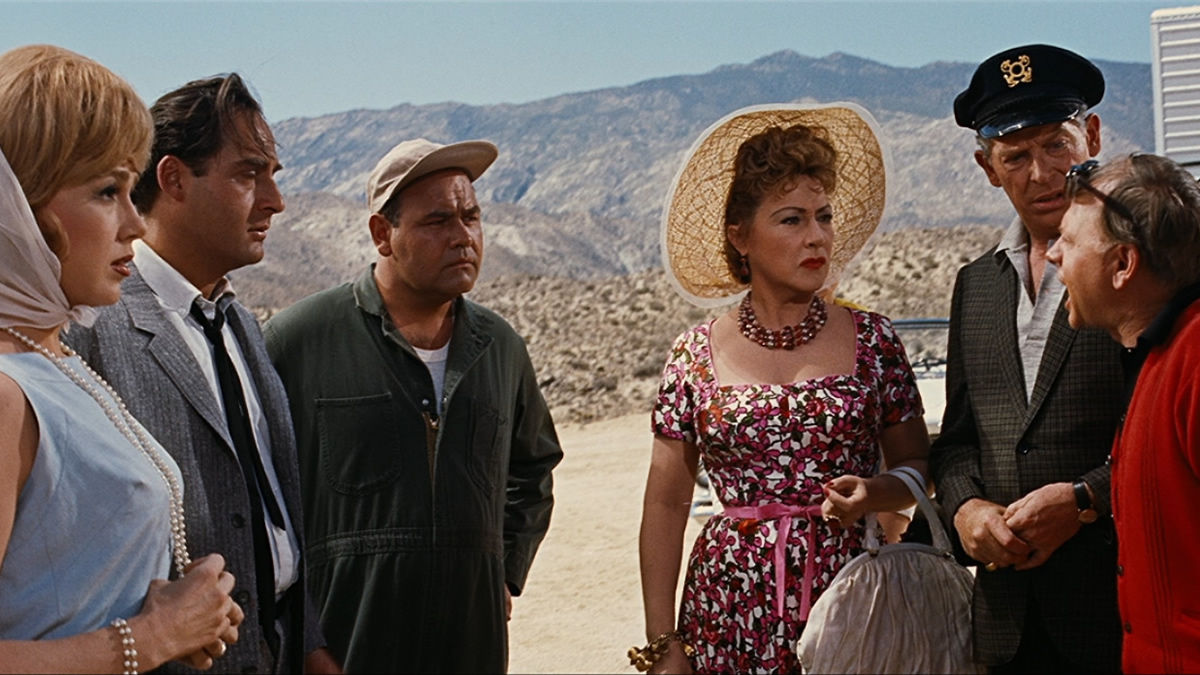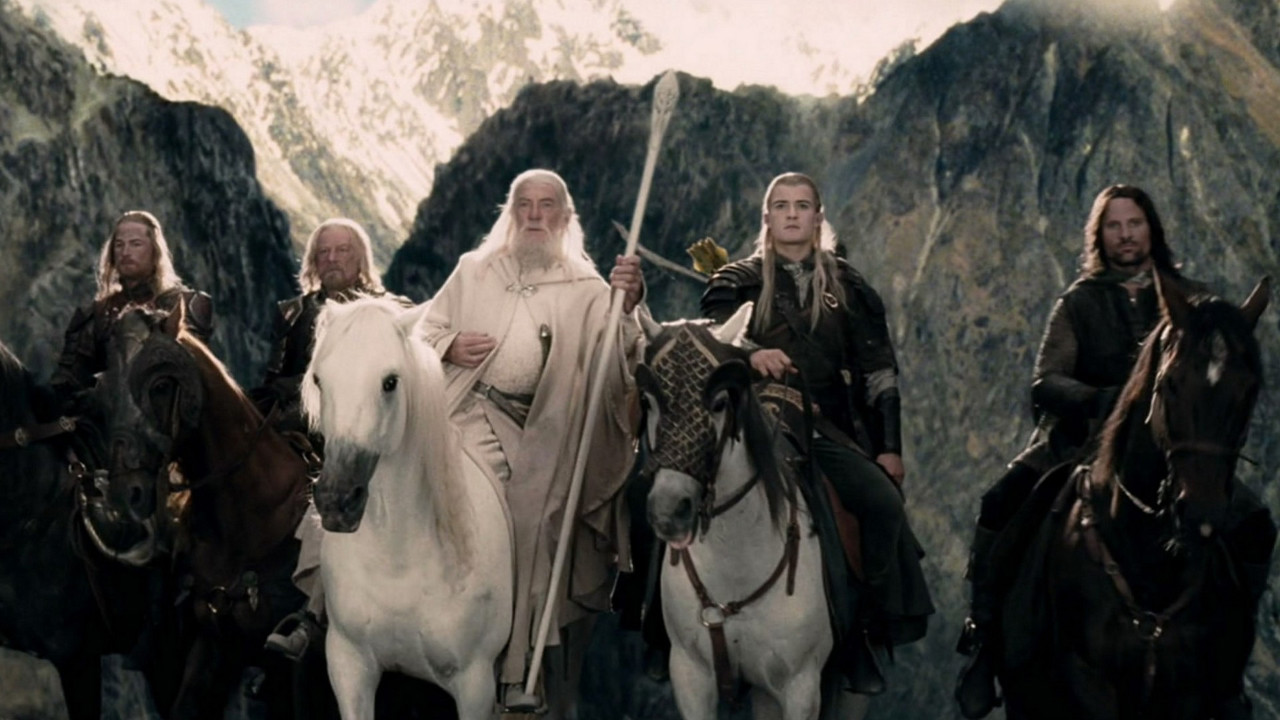
This film has been featured on my podcast, Peculiar Picture Show. You can listen to the podcast episode here.
“I’d have put everything I ever had on you.”
The Godfather (parts 1 and 2) may be the top pick for the epic crime genre, but Sergio Leone’s Once Upon a Time in America deserves a mention both for its detailed look at its characters and the enormous scope of the film, covering 48 years of the lives of a few characters. Written and directed by Italian director Sergio Leone (Once Upon a Time in the West, The Good, the Bad, and the Ugly), who had originally been approached to direct The Godfather but turned it down and regretted it for the rest of his life, this was his attempt to recapture some of the greatness that he had passed up earlier in life. The Godfather was a thoughtful film about a crime family, but Once Upon a Time in America has a lot more heart and really shows us the deep connections that formed in the Jewish ghetto of New York City in 1920 and lasted nearly 50 years. This film is not perfect—some of the dialogue is clumsy, the time jumps can be confusing, and the characters are certainly not likable—but this film captures the humanity of getting into, and out of, a life a crime more than any other I’ve seen.
Continue reading “Once Upon a Time in America”








